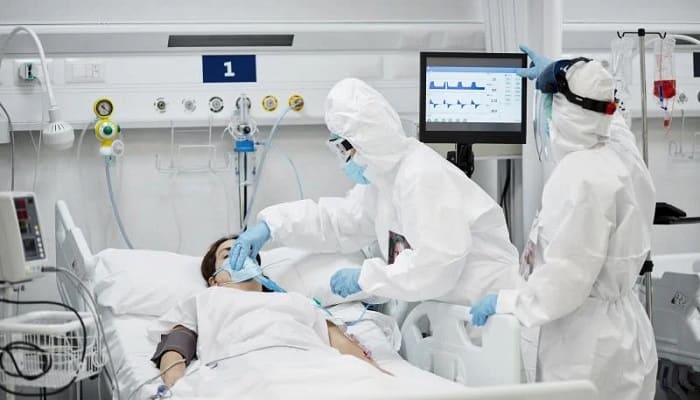The government of Italy has issued an alert stating that the national health service is facing a significant shortage of doctors and nurses, which they consider to be an actual crisis.
In order to address the crisis, a few hospitals are providing contracts to foreign medical professionals so as to fill the staffing shortages. However, health experts argue that such an approach will only offer a brief respite and highlight that the healthcare sector is dealing with challenges that extend far beyond staffing issues.
It is well to be noted that the COVID-19 pandemic has put significant pressure on the publicly funded health systems across European countries. Here is an assortment of comparative data on various health metrics in Europe.
Health spending
According to data from the Organisation for Economic Co-operation and Development (OECD), total health spending in Italy in 2022 accounted for 9% of GDP, which obviously included both the private and public sectors. If we compare it with Spain, the health spending there was 10.5% of GDP, while Britain, France, and Germany had health spending percentages of 11.3%, 11.9%, and 12.7%, respectively.
According to the OECD, when it comes to a per capita basis, Italy’s corresponding figure in 2022 is $4,291. In comparison, Spain’s corresponding is $4,462, Britain’s is $5,493, France’s is $6,517, and Germany’s is $8,011.
Beds
One regular indicator of health services is the quantity of hospital beds that are accessible to patients. However, a low number of beds does not necessarily indicate a crisis in the system; it could also suggest efficiency.
The OECD says Italy had a rate of 3.12 per 1,000 people, while France had a rate of 5.65 and Germany had a rate of 7.76. Spain had a total of 2.96 beds, while Britain had 2.42 beds.
Doctors & Nurses
According to the OECD, as of 2021, Italy has 4.2 doctors per 1,000 people, while France has 3.4, Britain has 3.2, and both Spain and Germany have 4.5. Italian unions have reported that a significant number of medical professionals have left the public sector due to various reasons, which has led to shortages in critical departments.
Italy has the fastest-ageing medical workforce in the European Union (EU). As per data from Eurostat, almost 40% of all doctors in the EU will be aged 55 years and over in 2021. In Italy, the percentage of individuals was 55.2%, with roughly one-quarter of them being over 65. No wonder; this represents the highest percentage of elderly individuals in Europe.
Italy had 6.4 nurses per 1,000 inhabitants as of 2021, while France had 9.7 nurses and Germany had 12.0 nurses per 1,000 inhabitants. On 6.3, Spain’s score was slightly lower than Italy’s, while Britain’s score was 8.7.
Attracting foreign workers
The percentage of foreign-trained doctors in Italy was only 0.94% in 2019. In comparison, France had 12.3%, Germany had 13.8%, and Britain had the highest percentage at 31.9%. In 2019, the share of foreign-trained nurses in Italy was 4.8%, while in France it was 2.9%, in Germany it was 8.9%, and in Britain it was 15.4%.
Doctor and Nurse salaries
The data from OECD says that specialist doctors in Italy earned 2.9 times the average income of the country in 2020. In comparison, the income ratio for specialist doctors in Germany was 3.4, in Britain it was 3.3, and in Spain it was 3.0. The ratio in France was 2.2. In contrast, both nurses in Italy and their British counterparts earned the equivalent of their respective countries’ median salaries in 2020. Spanish nurses earned 1.5 times the average wage, while German nurses earned 1.1 times and French nurses earned 0.9 times.
According to unions, the average net take-home pay for doctors working in Italian hospitals is 2,800 euros ($2,935) in a month. In contrast, public-sector nurses usually get an average monthly salary that ranges from 1,600 to 1,700 euros.


















